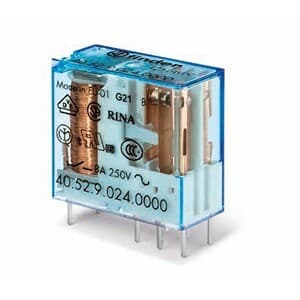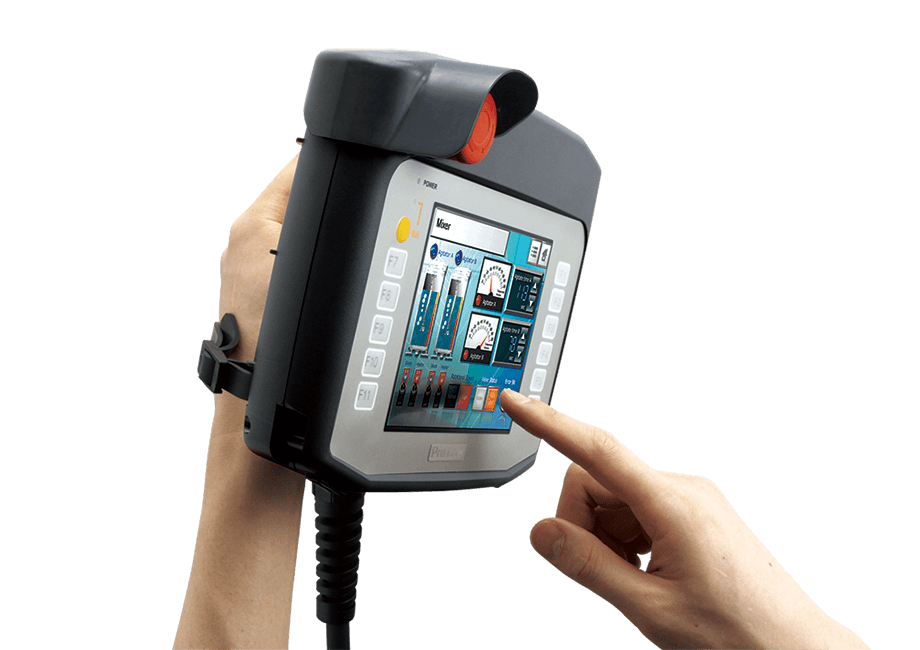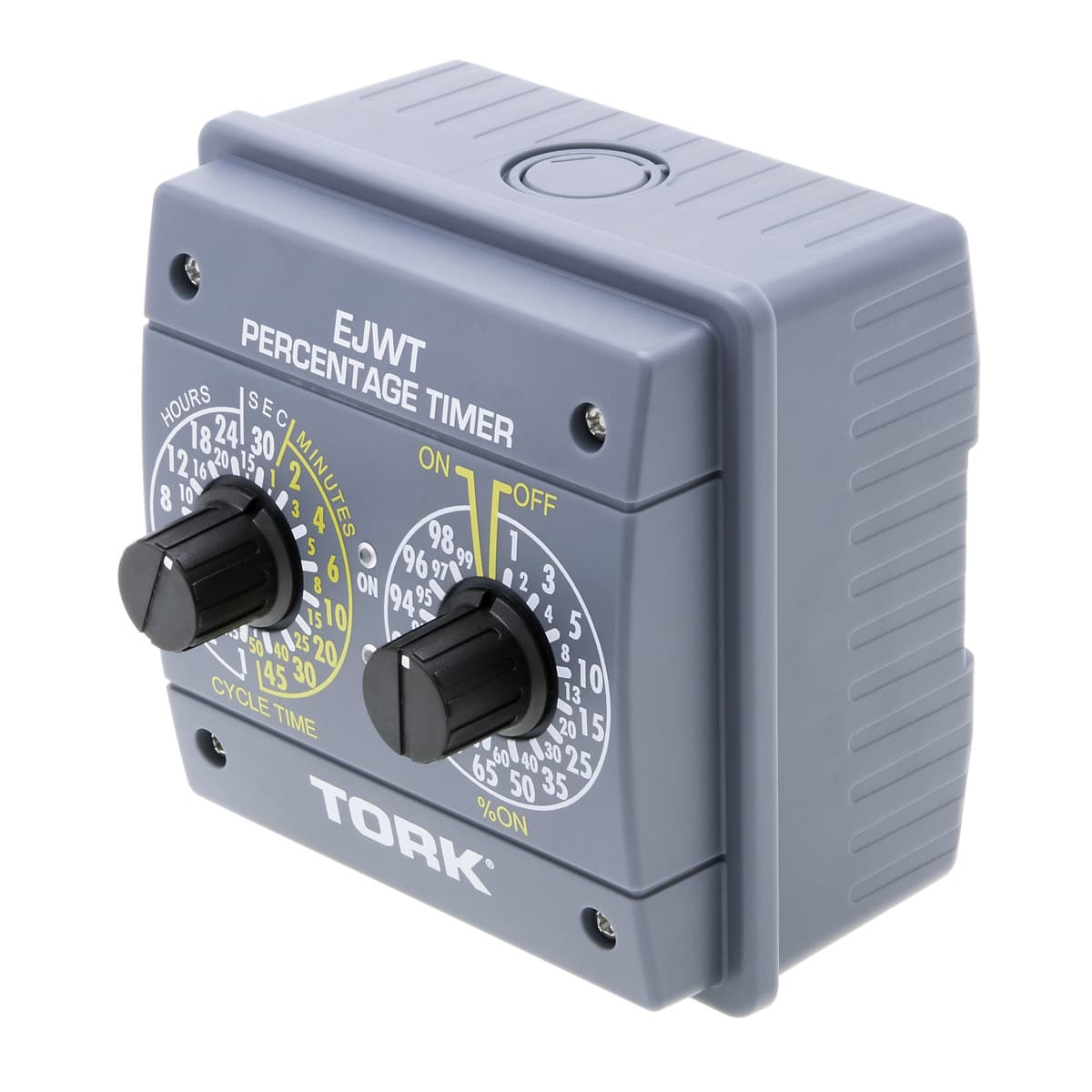Schneider Electric Control Circuits on Powermatic Associates


Control Circuits- Schneider Electric
A control circuit is an essential part of electrical systems that allows for the control and management of various electrical devices. It acts as a relay point between a power source and devices, receiving input from sensors and sending instructions to control the actions of connected devices.

296 products available

Schneider Electric RXG23RD is a relay designed for interfacing applications with...
Quick Quote

Schneider Electric SSP3A250F7RT is a solid state relay (SSR) within the SSP sub-...
Quick Quote

Schneider Electric SSP3A225F7T is a solid state relay (SSR) within the SSP sub-r...
Quick Quote

Schneider Electric SSP3A225F7R is a solid state relay (SSR) within the SSP sub-r...
Quick Quote

Schneider Electric SSP1A175M7T is a solid state relay (SSR) within the SSP sub-r...
Quick Quote

Schneider Electric SSM1A445F7 is a solid state relay (SSR) within the SSM sub-ra...
Quick Quote

Schneider Electric SSM1A430M7 is a solid state relay (SSR) within the SSM sub-ra...
Quick Quote

Schneider Electric SSM1A120M7 is a solid state relay (SSR) within the SSM sub-ra...
Quick Quote

Schneider Electric RUMF22E7 is a universal plug-in relay within the RUM range, f...
Quick Quote

Schneider Electric RUMF21P7 is a universal plug-in relay with flat pins, designe...
Quick Quote
| Item | Manufacturer | Price | Stock | Delivery | |
|---|---|---|---|---|---|
 | RXG23RD Schneider Electric RXG23RD is a relay designed for interfacing applications with... | Schneider Electric | Quick Quote | ||
 | SSP3A250F7RT Schneider Electric SSP3A250F7RT is a solid state relay (SSR) within the SSP sub-... | Schneider Electric | Quick Quote | ||
 | SSP3A225F7T Schneider Electric SSP3A225F7T is a solid state relay (SSR) within the SSP sub-r... | Schneider Electric | Quick Quote | ||
 | SSP3A225F7R Schneider Electric SSP3A225F7R is a solid state relay (SSR) within the SSP sub-r... | Schneider Electric | Quick Quote | ||
 | SSP1A175M7T Schneider Electric SSP1A175M7T is a solid state relay (SSR) within the SSP sub-r... | Schneider Electric | Quick Quote | ||
 | SSM1A445F7 Schneider Electric SSM1A445F7 is a solid state relay (SSR) within the SSM sub-ra... | Schneider Electric | Quick Quote | ||
 | SSM1A430M7 Schneider Electric SSM1A430M7 is a solid state relay (SSR) within the SSM sub-ra... | Schneider Electric | Quick Quote | ||
 | SSM1A120M7 Schneider Electric SSM1A120M7 is a solid state relay (SSR) within the SSM sub-ra... | Schneider Electric | Quick Quote | ||
 | RUMF22E7 Schneider Electric RUMF22E7 is a universal plug-in relay within the RUM range, f... | Schneider Electric | Quick Quote | ||
 | RUMF21P7 Schneider Electric RUMF21P7 is a universal plug-in relay with flat pins, designe... | Schneider Electric | Quick Quote | ||


